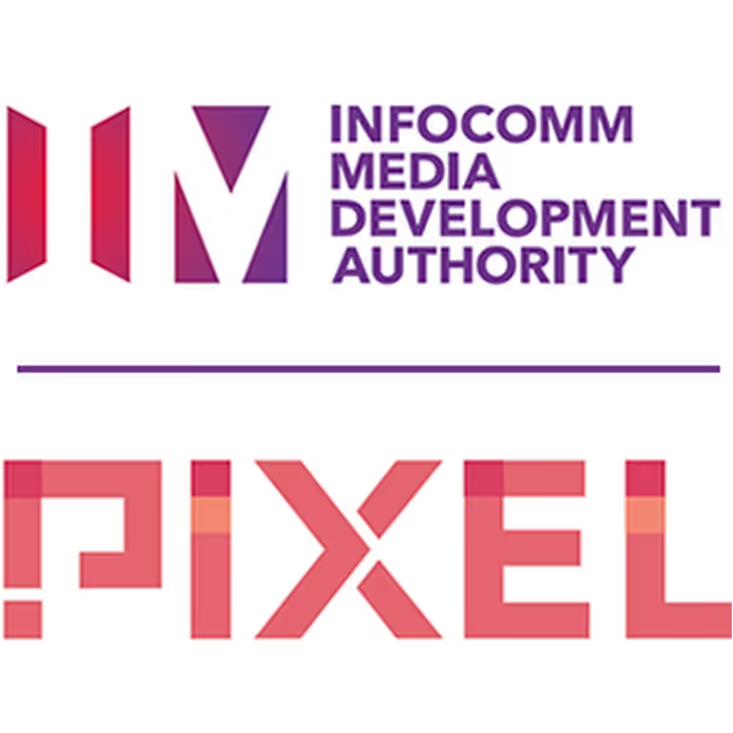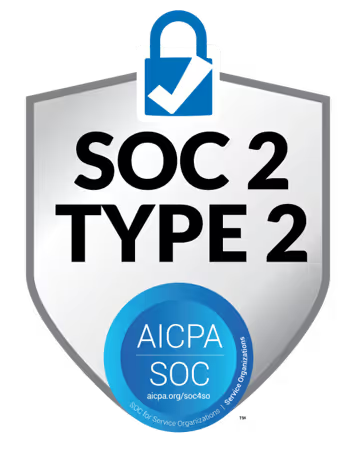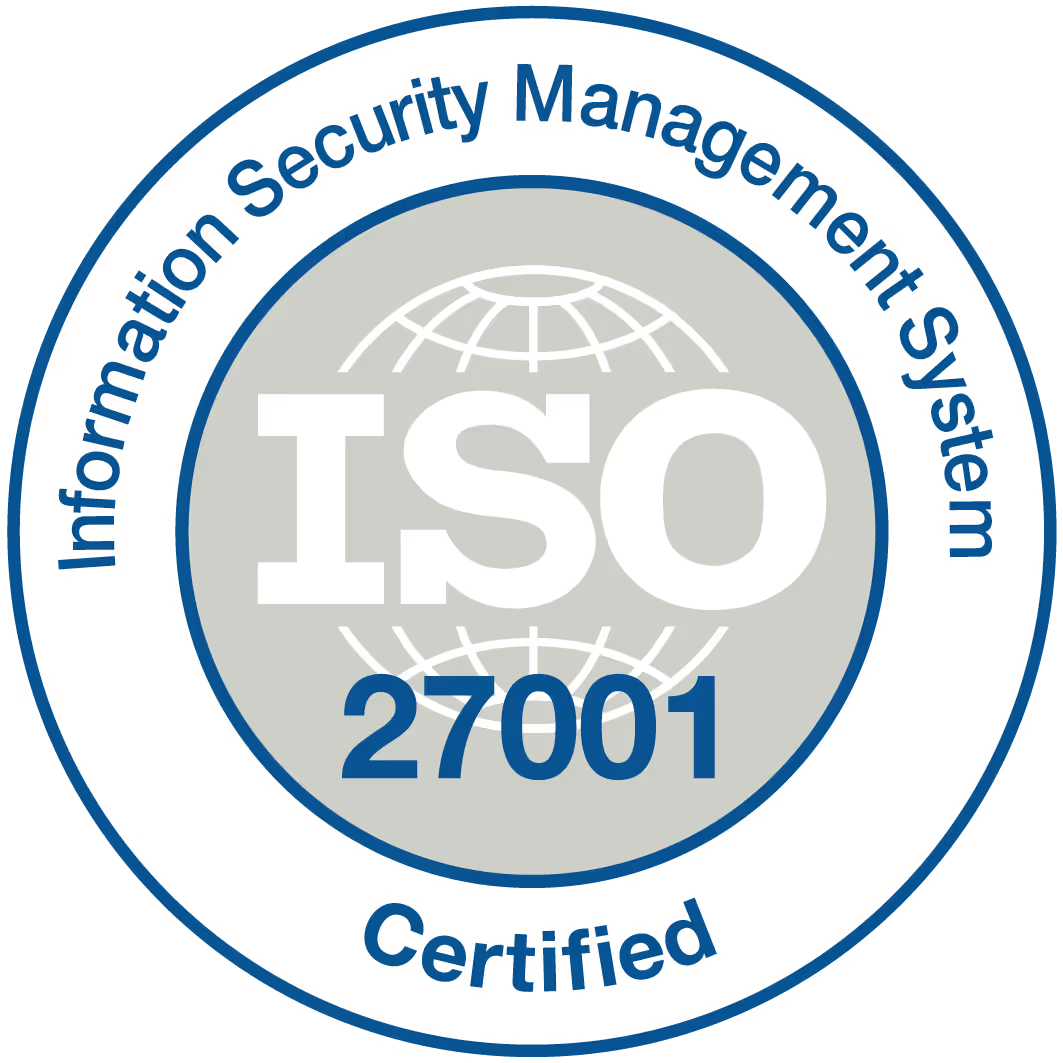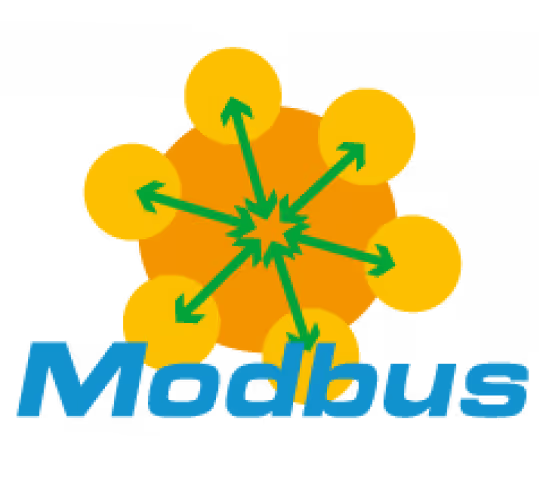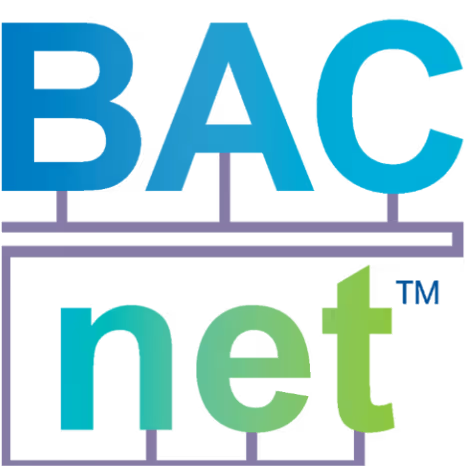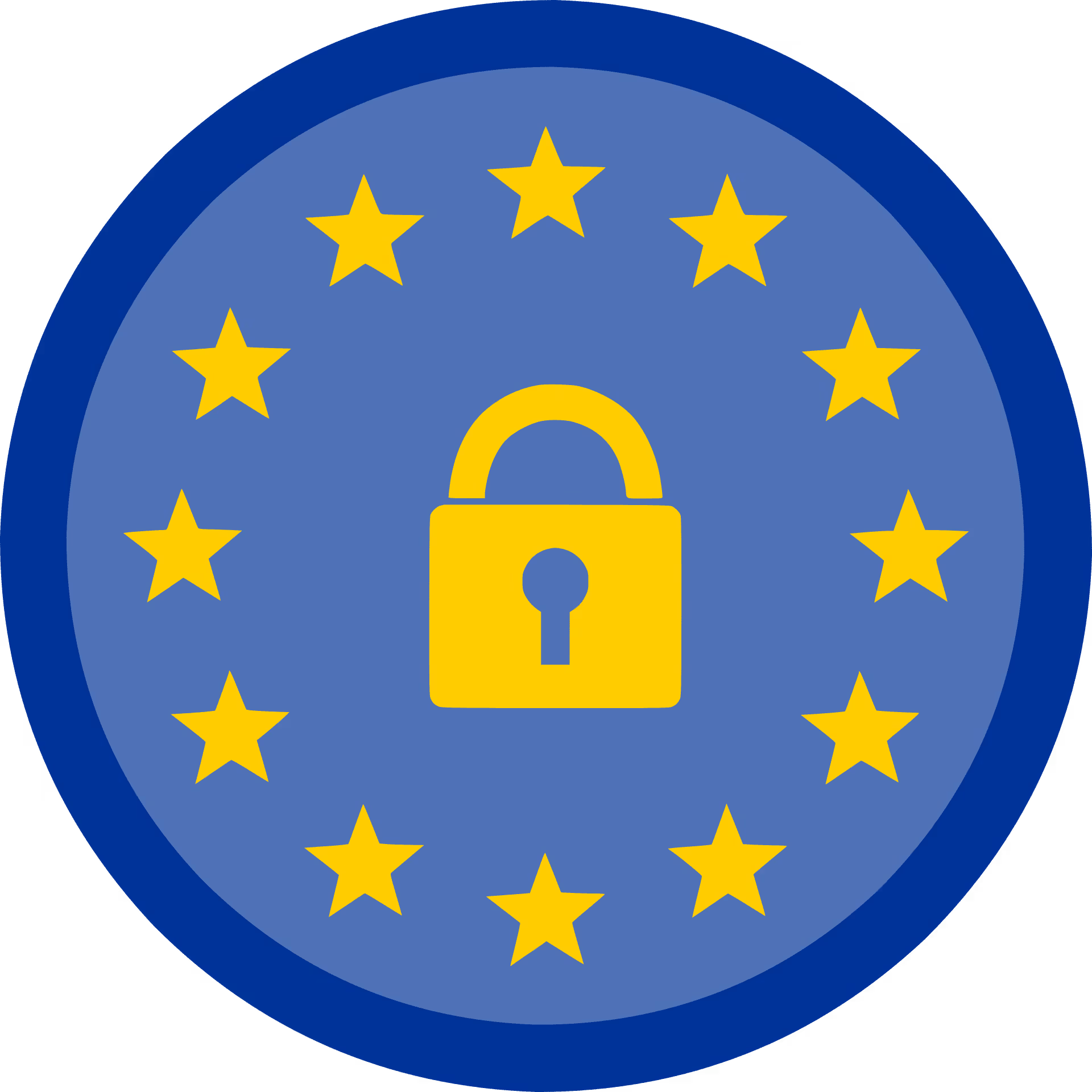Quality assurance vs. quality control: How to leverage IoT for effective management
- Key Takeaways
- QA and QC are two different but complementary activities. QA is process-based and proactive, whereas QC is product-based and is often reactive.
- Nurturing a forward-thinking QA culture wards off defects prior to emergence, while strong QC ensures that only compliant products reach customers!
- By combining QA and QC under the umbrella of facility management — facilitated by technologies such as IoT sensors and digital audits — operators achieve not only more streamlined workflows, but better quality outcomes as well.
- Creating a quality management system takes teamwork, role definitions, and constant training of the staff.
- Fostering an organizational culture that embraces ongoing enhancement and transparent feedback reinforces both QA and QC initiatives throughout the organization.
- Dispelling QA and QC myths and investing in professional development keeps organizations competitive and quality high.
Quality assurance and quality control are two distinct disciplines within software development, each serving a unique role in delivering reliable products.
Quality assurance focuses on process design, implementation, and continuous improvement to prevent defects before they occur. This often involves activities like code reviews, process audits, and team training.
In contrast, quality control centers on identifying and correcting defects in the final output. It uses techniques such as testing, inspection, and validation.
Both approaches intersect at the goal of minimizing risk and ensuring a consistent user experience. However, their methods, timing, and impact on development workflows differ significantly.
Understanding these differences is essential for technical leaders evaluating strategies to optimize product quality and operational efficiency.
The Core Distinction: Quality Assurance vs Quality Control
Quality assurance and quality control are often confused, but they address different phases and objectives of quality management. QA encompasses all activities that are designed to determine if processes are performing to provide quality, whereas QC is a subset, mainly dealing with inspection and operational techniques to confirm product conformity.
The fundamental difference is that QA is preventative—intended to avoid defects—while QC is corrective, identifying and remedying problems post-occurrence. QA is about adherence to standards and ongoing improvement, QC quantifies how well those standards map to real product quality.
1. Proactive vs Reactive
Because QA is proactive, the emphasis is on designing systems to avoid quality failures. By building strong coding standards, automated testing pipelines, and peer review processes, teams can snatch problems before they’re defects.
This prevention-first mindset minimizes fire fighting and enables greater release velocity. QC, which is reactive, kicks in when a product or feature is prepared for review. Engineers run manual and automated tests, review logs, and conduct code audits to catch errors that slipped through.
While important, over-dependence on QC results in expensive late-stage patches and customer-facing bugs. Striking a balance between these strategies lies at the heart of a healthy engineering culture.
2. Process vs Product
QA focuses on process improvement—consider CI/CD automation, documentation standards, and continuous integration best practices. Process-based QA plans fuel consistency and scale, particularly in API-first architectures or open-source projects where transparency reigns.
QC focuses on the final product, approving releases based on acceptance criteria and defect levels. It employs static code analysis, integration tests, and performance benchmarks. A good QA plan will incorporate input from QC results to complete the loop on iterative improvement.
3. Prevention vs Detection
Prevention strategies—like shift-left testing, static code analysis, and developer training—are core to QA. They reduce downstream defects, which saves time and resources.
Detection is in QC’s domain. Smoke, exploratory and monitoring spot issues after build. QC data can feed improvements upstream, informing QA’s preventive strategies. Together, they produce the best outcomes—more than 40% error reduction can be achieved when prevention and detection are in harmony.
4. System vs Parts
QA is holistic, extending throughout the product lifecycle and organization. It’s about making sure each step, from requirements to deployment, maintains quality.
QC focuses on individual pieces–features, modules, endpoints. This granularity is required for high-impact systems. QA ties in all quality touch points, and consistency throughout the stack.
QC checks that each piece hits the target. QA sees the forest; QC inspects the trees.
5. Team vs Individual
QA flourishes with team cooperation—joint ownership of authoring tests, performing code reviews, and improving workflows. QC typically ends up on dedicated roles – testers, SREs, or release managers.
Cross-functional teams are good at blurring the lines between QA and QC, taking the best of both worlds. Assign clear roles to foster accountability.
What is Quality Assurance?
Quality assurance is a proactive, systematic process to make sure that products and services meet specified quality requirements. QA is more than inspection; it integrates controls and standards into design, development, deployment, and delivery phases to avoid defects. Unlike quality control, which reacts to issues, QA builds quality in from the start, guided by frameworks like ISO 9001:2015 and rooted in data, process rigor, and team-wide commitment.
Key components of a successful QA process include:
- Process Definition: Documenting workflows, responsibilities, and checkpoints to ensure repeatability and clarity.
- Quality Objectives: Setting measurable, specific goals tied to organizational priorities and regulatory demands.
- Standardization: Adopting frameworks such as ISO 9001:2015 or open-source standards to establish uniform practices.
- Training: Educating team members on QA protocols, toolchains, and evolving best practices.
- Continuous Improvement: Using metrics, audits, and feedback loops to refine processes.
- Supplier and Partner QA: Extending assurance practices to third-party code, APIs, and integrations.
- Automation: Leveraging test automation, CI/CD pipelines, and EQMS for efficiency and consistency.
- Documentation: Maintaining robust, accessible records to support audits, certification, and onboarding.
- Stakeholder Engagement: Involving all levels of the organization, from C-suite to frontline engineers.
QA creates customer confidence by providing predictable, dependable results. Following QA frameworks shows dedication to security, scalability, and compliance — things developer tools and SaaS platforms at scale must prioritize. Positioning QA in the context of business goals and regulatory compliance (e.g., GDPR or SOC 2) enables organizations to compete worldwide.
The Blueprint
A comprehensive QA blueprint includes not just defined processes, but clear roles and responsibilities for each team member. This documentation becomes a living reference, updated as industry standards evolve, ensuring adaptability. Quality targets are integrated into the plan itself, framing the whole QA program.
Blueprints are invaluable to onboard new QA specialists. They speed time to ramp, clarify, and nurture a common sense of quality expectations.
The Goal
QA goals must be connected to high-level business goals. Say, for instance, cutting customer-reported bugs by 30% next quarter — a goal that ties directly to customer satisfaction and retention.
We define success by monitoring key metrics such as defect escape rates, mean time to resolution, and audit results. Sharing objectives across the company creates alignment and a quality — not just a compliance — culture.
Frequent review and tweaking, informed by data, feedback, and performance, is key to keeping QA applicable and impactful.
The Method
Systematic QA techniques begin with process mapping and complete documentation. EQMS centralizes audits, corrective actions, and training records, making compliance and reporting easier.
Training is constant, across both core QA competencies and cutting-edge tooling—from open-source test automation frameworks to proprietary EQMS platforms. Automation is preferred to minimize manual error and liberate resources for higher-value interpretation.
Continuous improvement closes the loop, using metrics and root cause analysis to target process weaknesses and drive iterative gains.
The Impact
QA’s impact is broad: fewer production defects, better compliance, faster delivery, and higher customer trust.
QA touches every phase—design, development, delivery—ensuring standards are met.
QA is everyone’s job, from leadership to engineers to product managers.
QA adapts as tech and standards change.
What is Quality Control?
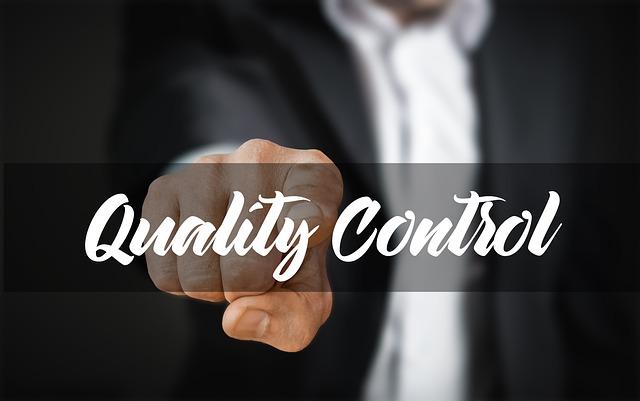
Quality control (QC) is a collection of operational techniques and activities used to satisfy quality requirements for products. QC is fundamentally a reactive process: it verifies finished products post-manufacture, detecting defects and ensuring compliance with defined standards.
In dev tooling and SaaS, QC means checking releases, APIs, or integrations before deployment, reducing customer-facing bugs and maintaining trust with users. It’s what’s undergirding product integrity — particularly in regulated settings where safety and compliance are paramount. QC is the “how” of quality management, the way to make sure quality assurance plans really work on the ground.
The Inspection
Inspection is the frontline of QC. Using visual checks, automated scripts, or manual reviews, teams measure and evaluate product attributes against established criteria that define “acceptable” versus “defective.
For example, in API-first workflows, automated contract tests can validate response schemas and error handling. Inspection criteria must be clear, quantifiable, and repeatable, reducing subjectivity and ensuring accuracy across teams and time zones.
Results are systematically documented, often via ticketing or dashboard systems, to enable data-driven analysis and longitudinal tracking of product quality.
The Goal
At its core, QC is about making certain that products perform up to or beyond customer and regulatory expectations. That is, establishing quantitative goals—such as minimizing defects under a certain rate or hitting 99.9% test pass rates pre-release.
Strong QC supports business goals by minimizing expensive recalls and brand harm. Teams measure QC success via statistics and feedback, adjusting targets as products and needs change.
It’s building accountability into the process — clear ownership, transparent reporting — that drives cultural buy-in and continuous improvement.
The Method
Standardized QC methods—like ISO 2859 sampling or code linting—enable reliable, repeatable evaluations. Training QC professionals on current tools, from automated test suites to statistical process control, is essential for accurate inspections.
Data analysis—mean time to defect detection, escape rate, or test coverage—guides improvements and informs investment in automation. QC methods must be reviewed regularly as products scale, regulations change, or customer feedback signals new risks.
Integrating QA and QC in Facility Management
Integrating QA and QC in facility management is creating an ecosystem where prevention and validation go hand-in-hand. QA establishes the standards, policies and frameworks—consider ISO 9001, Six Sigma and Kaizen—whereas QC confirms that standards are satisfied.
At the core of this integration is a solidly-deployed quality management system (QMS) that unifies all procedures, automates compliance, and provides complete operational transparency. This process-centric, fact-based, customer-minded approach makes sure quality is baked in from design through implementation.
Smart Workflows
Automating QA and QC processes with smart workflows fuels efficiency and consistency. Smart workflows utilize triggers, approvals, and exception handling so nothing can fall through the cracks.
Data analytics assists decision-making by revealing patterns and bottlenecks—allowing you to transition from gut instinct to evidence-based action. Real-time monitoring with event-driven architectures ensures compliance is never a box-checking exercise.
Training your staff to use these tools is key — well-trained teams catch issues quicker and foster a culture of ongoing improvement.
IoT Sensors
IoT sensors allow you to monitor temperature, humidity, energy usage, or asset conditions in your facilities in real-time. It feeds both QA (process conformance) and QC (final product checks), enabling predictive maintenance and rapid response to anomalies.
Security and compliance are must-haves—encryption, role-based access controls, and when audits of sensor data flows are table stakes. Forward-leaning, like automated maintenance alerts or shutoffs, minimize downtime and enhance quality results.
Asset Management
A well-implemented asset management system backs up QA/QC by monitoring asset history, asset usage and asset performance. Leverage this information to detect patterns, plan preventive maintenance, and maximize asset lifecycles.
Maintenance Checklist for QA:
- Verify calibration of all sensors (monthly).
- Inspect and log asset condition (weekly).
- Confirm compliance with all ISO and safety standards.
- Document and sign off each completed maintenance activity.
Strategic decisions–when to retire, upgrade or service equipment–are better informed with reliable asset data, closing the loop between ops and quality.
Digital Audits
Digital audits render compliance checks continual and less invasive. Audit tools automate data collection, flag exceptions and generate reports for management review.
Documenting findings supports Kaizen and Six Sigma improvement cycles. Staff training makes certain that everyone recognizes the importance of audits outside of ‘box checking’.
The Human Element
QA and QC stand or fall on the quality control professionals and culture behind them. These technical activities, by themselves, cannot deliver consistent results without human care, attention, engagement, and accountability. Organizational priorities, skills development, and structured career paths all inform quality assurance activities, particularly for developer-centric SaaS and API-first environments.
Organizational Culture
A culture that appreciates quality signals ongoing enhancement is imperative. Teams that share best practices, give feedback on code reviews, and document learnings from failures foster an environment in which QA and QC are not afterthoughts. Open communication allows engineers to surface bugs or design flaws early–before they hit production.
When leadership acknowledges contributors who find edge-case defects or automate important tests, it inspires others to do the same. Including everyone from junior devs to architects in quality processes fosters a culture of shared ownership. This establishes resistance to human error, which continues to be a leading source of production flaws, particularly when stressed or under duress.
Frequent all-hands discussions, postmortems, and blameless retrospectives enable teams to tackle root causes, not symptoms.
Required Skills
Good QA and QC require technical, analytical, and soft skills. Key skills such as test automation, root cause analysis, API contract validation, and experience with Selenium, Postman, or Jest are what matter. Security awareness and performance benchmarking are essential, as small blips become big incidents in high-scale SaaS.
Training, of course — both on the tools and on scenario-based problem solving. Cross-train between QA and dev teams to promote versatility—engineers empathize with testers, testers get code architecture. By routinely identifying skill gaps, organizations can keep pace with shifting tech stacks, regulations, and customer needs.
Career Paths
Quality management offers diverse career routes: from QA engineer or automation specialist to senior QC analyst, lead tester, or even director of quality engineering. Promotion frequently arrives via technical leadership, process optimization, or expertise in things such as security.
Professional development–certifications, workshops, peer learning–keeps skills sharp and relevant. Mentorship bonds seasoned quality practitioners with newcomers. This speeds up onboarding and shortens the learning curve for complicated, distributed systems.
Programs such as these assist in keeping the best and brightest by demonstrating tangible, attainable career advancement.
Employee Engagement
Trained, involved employees notice and notify quality problems quicker. Deep communication — daily standups, bug triage meetings, shared dashboards — keeps everyone aligned. Human-centered approaches — like user story mapping — make sure the product meets real needs.
Ownership expands when people have a place in the solution. Even the little victories, such as catching a bug before it’s released. Exhaustion and anxiety can still take a toll, so bolstering well-being is key.
Common Misconceptions
Misunderstanding what QA and QC are responsible for generates chaos in numerous tech companies. Teams frequently regard QA as a mere to-do item at the conclusion of a sprint. In fact, QA is a structured, continuous practice, beginning at the planning stage. It tackles everything from architecting strong test strategies, automating checks in CI/CD pipelines, and embedding preventions into the SDLC, which is essential for maintaining quality standards.
QA isn’t only testing code pre-release; it’s about engineering processes that prevent bugs from occurring in the first place. For example, employing contract testing in an API-first architecture can avoid integration failures by validating service contracts well before production. This proactive process is a hallmark of effective quality assurance activities.
QA and QC are not interchangeable. QA is preventative, seeking to ensure the process cannot cause defects, while QC is reactive — it finds and fixes defects in deliverables. QA could incorporate peer code reviews and static analysis tools, whereas QC covers unit testing, integration testing, and manual checks, all of which are vital for maintaining a robust quality control process.
Treating them as interchangeable results in holes — like skipping root cause analysis after a failed deployment, or failing to invest in test automation early enough. For developer tools and SaaS platforms, this differentiation becomes even more crucial, as an overlooked defect can cascade across microservices, causing downtime or security vulnerabilities.
QC is not just running test scripts or clicking through UIs. It’s about ensuring that products adhere to specified criteria, like performance metrics, security guidelines, and accessibility standards. For example, performance testing APIs against a benchmark (e.g., <200 ms response time at 1,000 rps) is QC, but defining those benchmarks in the first place is QA. Both are important for systems that scale and are indicative of quality products.
It’s an error to believe that QA only counts in manufacturing or healthcare. Every industry—B2B SaaS, fintech, logistics—requires QA. Regulatory compliance isn’t optional for global platforms with user data (hello GDPR), and neither is customer trust. QA and QC have a direct effect on product quality, user satisfaction, and a company’s reputation.
Things like NPS and churn ultimately tend to trace back to quality. QA is not a single shot, it’s ongoing. As codebases and teams scale, monitoring, feedback loops, and iterative improvement are needed. QC and QA aren’t siloed. They’re symbiotic, necessitating cross-functional cooperation—devs, DevOps, product, and even users build a quality culture.
Ownership doesn’t end with the QA team. Automation, open-source tools, and community-driven standards (think OpenAPI for APIs or OWASP for security) enable anyone to contribute to the quality assurance roadmap.
Conclusion
In short, quality assurance and quality control play unique yet synergistic roles in facility management. Quality assurance establishes procedures and guidelines that stop defects prior to their occurrence, whereas quality control targets detecting and fixing problems in the course of activity. Both are critical for dependable O&M execution, particularly as facilities shift towards increasingly connected, data-centric technologies. Teams that mix strong QA processes with pragmatic QC inspections frequently experience tangible improvements in availability, reliability and delight. Identifying the human factor—training, communication and accountability—is as important as embracing the right technologies. For organizations seeking quality and robustness, the equilibrium of QA and QC sustains a time-tested trajectory, anchored as much in engineering discipline as practical wisdom.
Frequently Asked Questions
What is the main difference between quality assurance and quality control?
Quality assurance (QA) activities focus on defect prevention through process management, while quality control (QC) measures identify and address flaws in completed items, ensuring quality products.
Why are both QA and QC important in facility management?
QA activities ensure that workflows operate correctly and satisfy quality standards, while QC professionals inspect the output for defects. Together, they enhance efficiency and customer satisfaction.
Can quality assurance and quality control work together?
So yeah, quality assurance activities and quality control measures are complementary. QA prescribes standards and processes, while QC tests outcomes, ensuring quality products.
Who is responsible for quality assurance and quality control activities?
Management and staff are all responsible for quality assurance activities by adhering to procedures. Quality control professionals typically conduct QC through inspectors or quality assurance teams that audit end products or services.
Are quality assurance and quality control the same as testing?
No, testing is just a subset of the quality control process. Quality assurance activities encompass all efforts to avoid defects, including training and process design, while quality control professionals focus on discovering and repairing defects.
What are common misconceptions about QA and QC?
A lot of people confuse quality assurance activities (QA) and quality control (QC) measures. Others think that just the QC process counts, but both are essential for reliable, top-notch output.
How does the human element impact QA and QC?
People are instrumental in quality assurance activities and quality control processes. Training, communication, and engagement help avoid mistakes and rapidly clean up quality issues, boosting quality as a result.


.png)








.png)



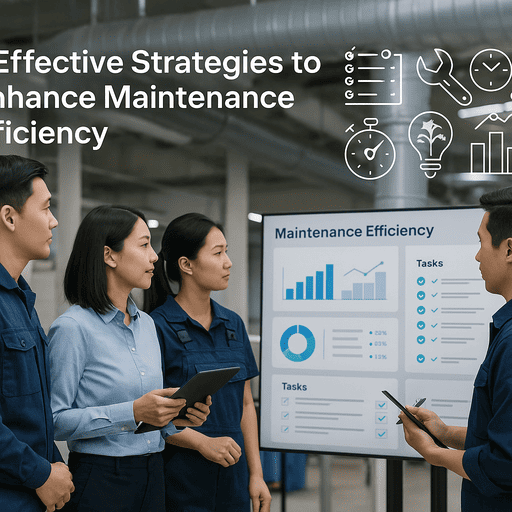
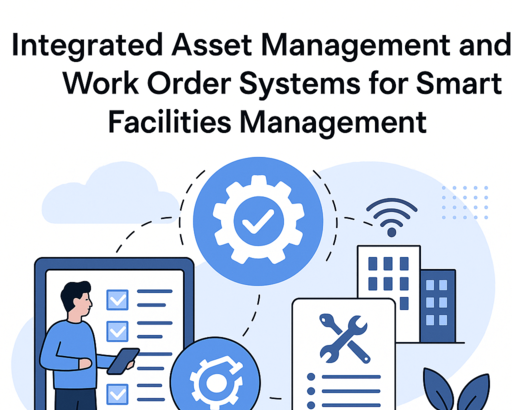
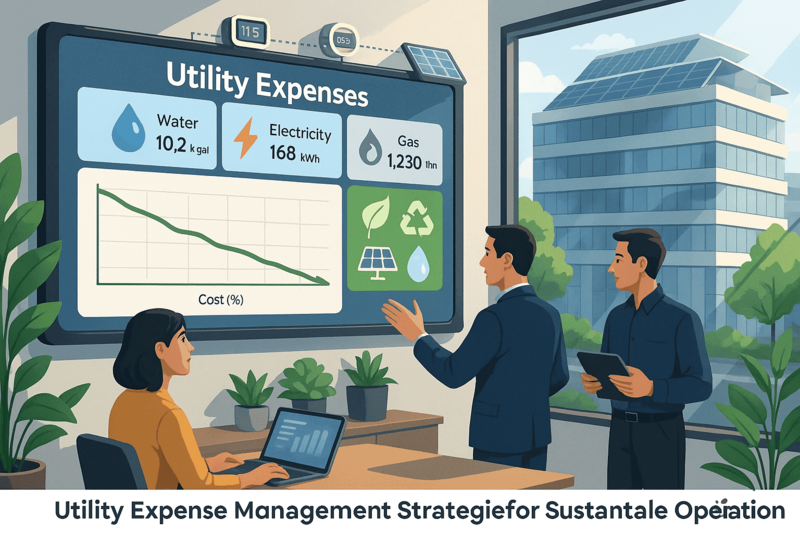












.jpeg)












